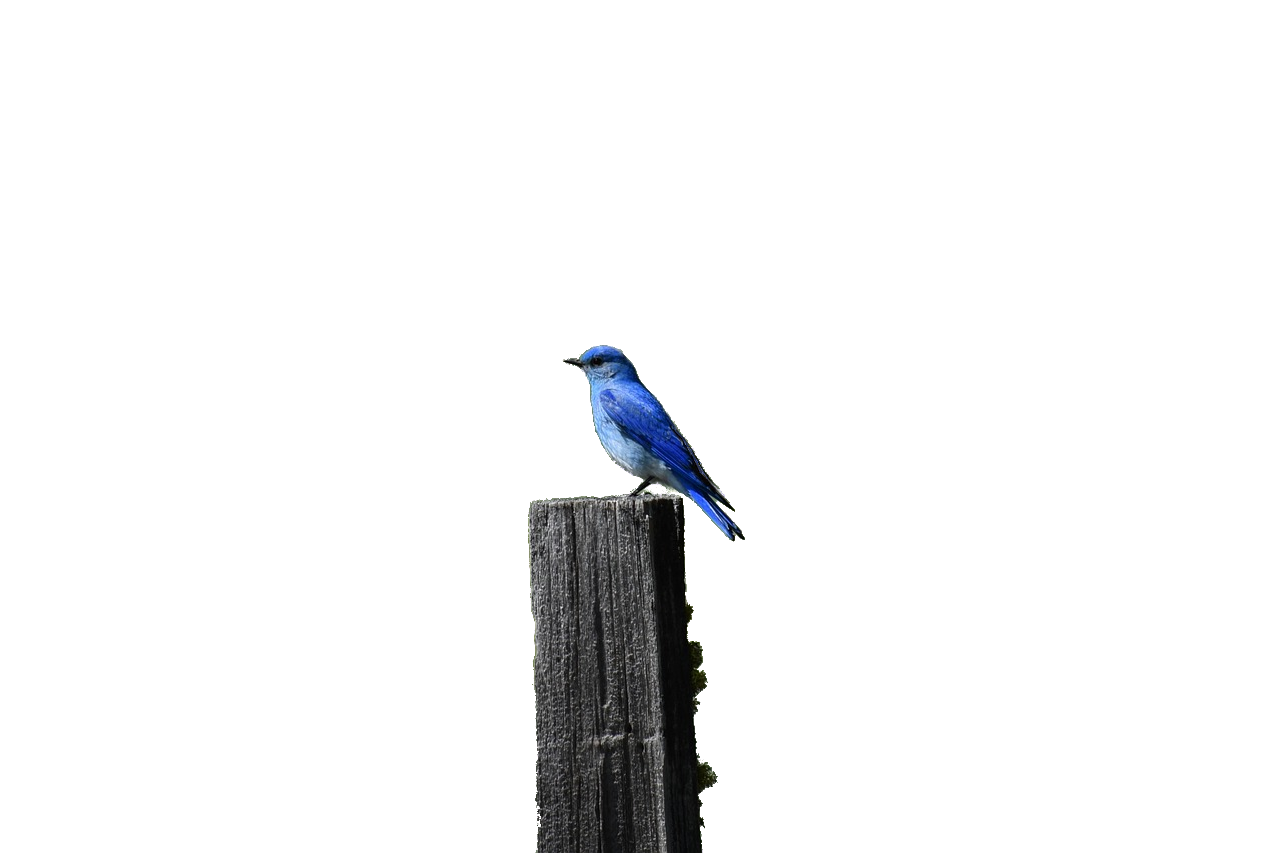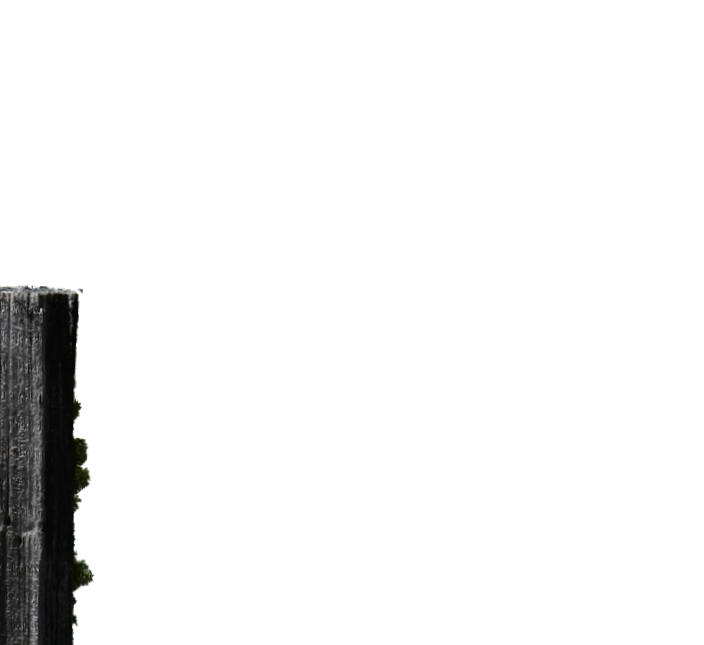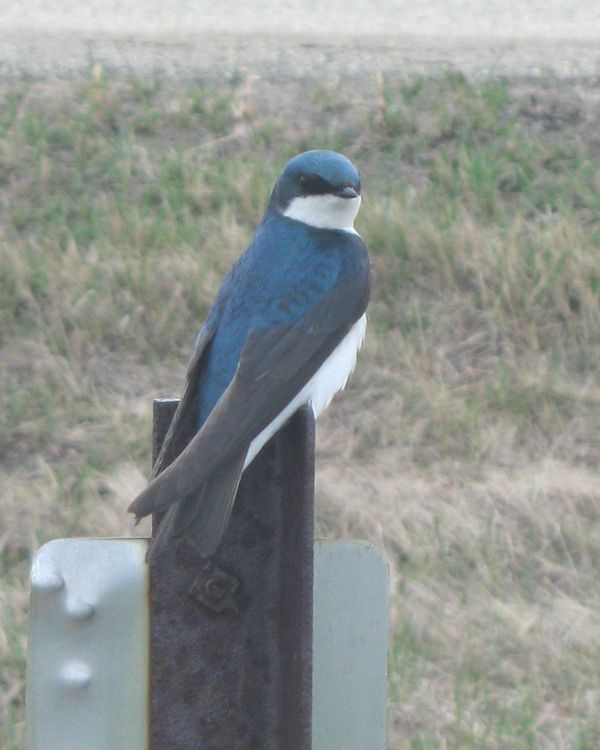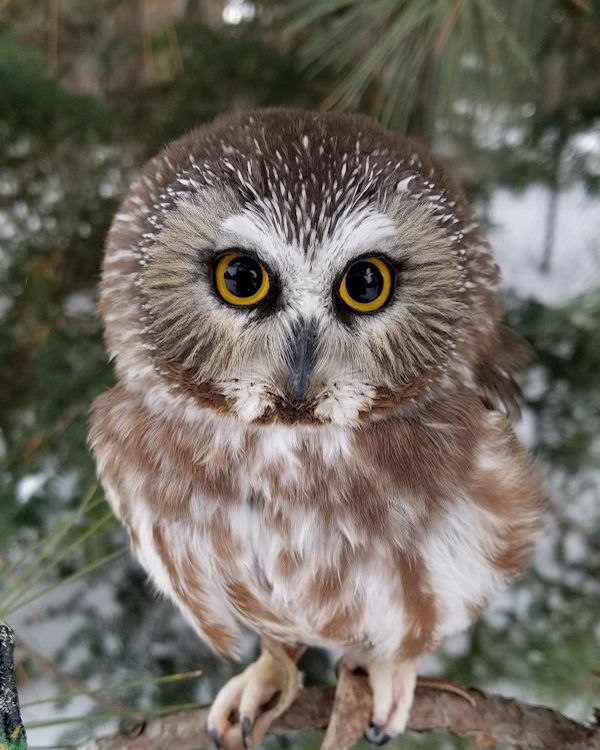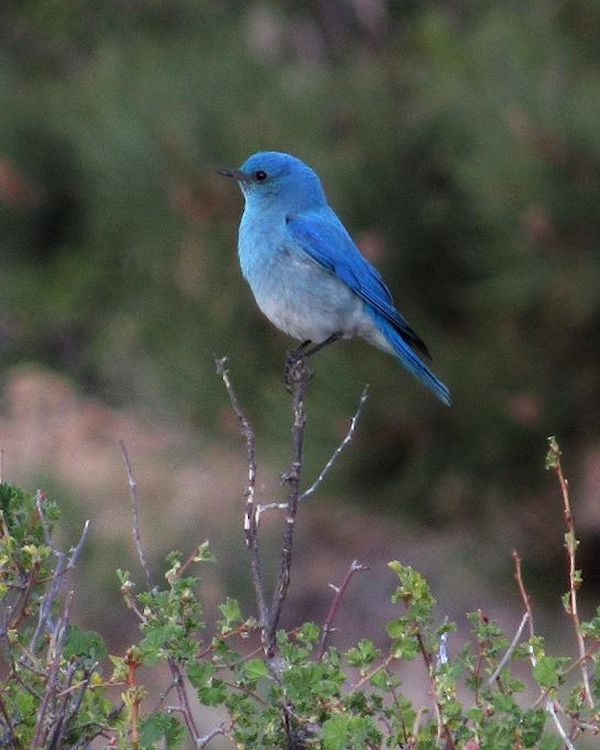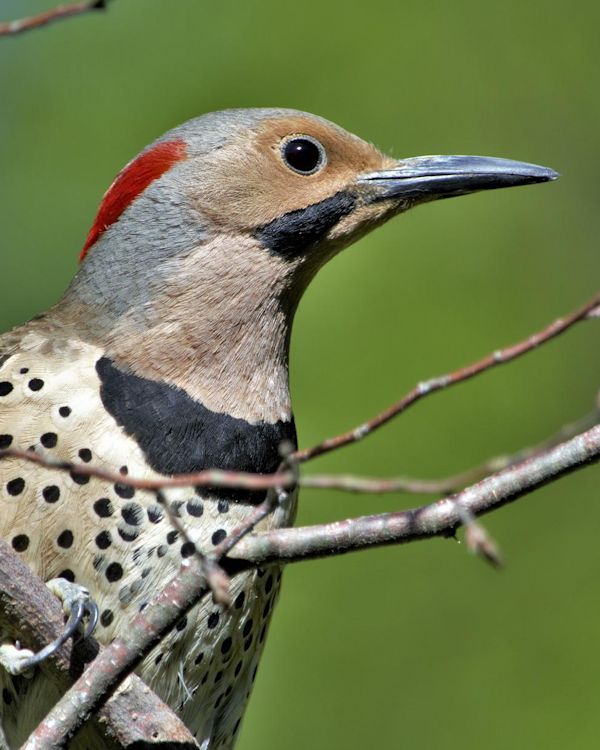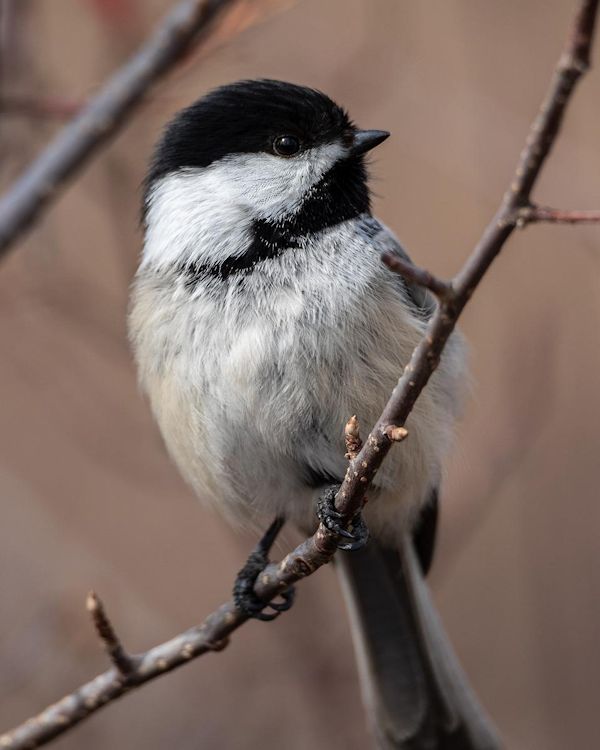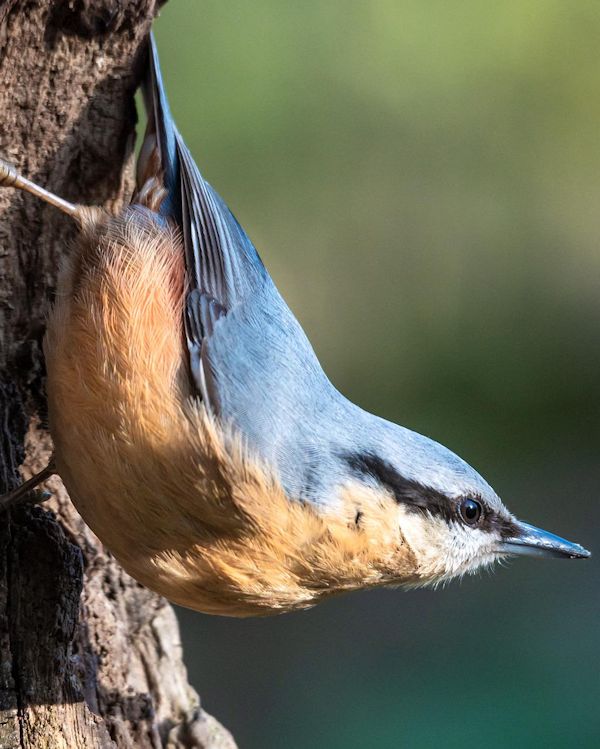A conservation website:
I'm building this site so that those who have nest boxes in Alberta might have a place to connect.
There are many nest box trails in Alberta. It is my hope that the website will help facilitate the future of these trails. As people age and can no longer look after them or perhaps they move it would be nice to have a way of passing the trails onto new custodians.
The alternative is houses that are not cleaned annually and kept in good repair. Or even house sparrow infestations.
The Facts:
Tree swallows and bluebirds are almost 100% dependent on man made nest boxes.
The reasons are simple:
Man in his quest for a clean orderly world removes dead and dying trees, a prime place for woodpeckers to make a cavity/nest.
There are new enemies:
Namely invasive species brought from Europe. The starling and the house sparrow.
What can we do?
Man made monitored nest boxes have brought back the bluebird.
There are many things that limit birds thriving. Lack of good safe nesting sites is foremost.
Below are some different bird species and how we can help.
Do you want to spend quality time outdoors while helping our environment?
If this is for you click the button below, it will lead you to the Edmonton and Area Land Trust website.
Some cool facts in 2023:
128
Birds that came North
Birds that went South
100
%
Birds who love their homes!
In 2022 we had 39 tree swallow nests and fledged 270 babies.
My Story:
I was 5 years old when my dad built some birdhouses during the winter. I can remember it so well. He used hand tools and I was his helper/supervisor.
There was one bluebird house. It was larger than the wren houses and dad didn't have a drill bit for the hole. He carved it out with his pocket knife.
He found the dimensions in an encyclopedia called "The Book of Knowledge".
Later that summer I rolled a small barrel up to the bluebird house to be able to look in on my own. I wasn't a very good custodian, but the babies did fledge and looking down on the mother bird as she sat on her eggs and later her babies, was the beginning of a life long love.
Thinking back, dad spending time with me building those bird houses out of recycled lumber and discarded apple boxes and having my older sister show me the nest inside, was just the beginning. I took it from there. I think it is important to introduce children to nature.
As the babies grew and their parents were feeding them in earnest, I would lay in the strawberry patch and watch as they hovered, as if stuck to a solitary patch of blue sky.
Sadly starlings and house sparrows populations were exploding. Both of these species were brought from Europe and are very competitive for natural nesting sites. I remember my parents talking about the little birds that built a nest under our eves. Within a few years bluebirds were rare in our neighbourhood. They used to be at almost every farm site.
Today in Alberta bluebirds almost nest exclusively in man made nest boxes. The main natural cavities that would be used by bluebirds are made by flickers and they have holes about 2.5 inches in diameter. Starlings claim those.
Not to mention the house wrens that scolded me would be to miss a beautiful little bird. They have a bad wrap as nest destroying little monsters, but position your houses well and you'll mostly avoid conflict. House wrens claim an area about 300ft/100meters in diameter and they often break eggs and sometimes throw out babies from other nest boxes in that area. If a bluebird/swallow house is claimed by house wrens, especially paired houses, I'd suggest plugging the empty houses to prevent other birds from using them. If they are already occupied install a wren guard. Wrens are native to north America and are part of the natural system.
I so enjoy their beautiful songs.
The Gist Of This Site:
In short it is about conservation of native cavity nesters in Alberta.
Much of what I will be writing about is covered on many web sites, but there are differences. The Cornell Lab of Ornithology amongst many sites recommend 1 1/8 inch holes for Blackcap Chickadees. It is my experience that none of our Alberta Chickadees can enter. And there was one who really had to squeeze to get through a 1 1/4inch hole. The following picture is of a feeder that I made to feed chickadees and nuthatches. I started with 1 1/8 inch holes and not even once was a chickadee observed going in. It wasn't for lack of trying though. When I enlarged the holes to 1 1/4 inches chickadees and nuthatches could pass in readily. One large chickadee had to push himself through, but all of the chickadees could enter.
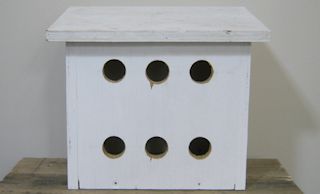
However the house sparrows would often follow a chickadee to a hole but could not enter. From this experiment I strongly believe house sparrows in Edmonton cannot fit through a 1 1/4 inch hole. You can find out more about sparrow proof feeders here. Sparrow Proof Feeders.

